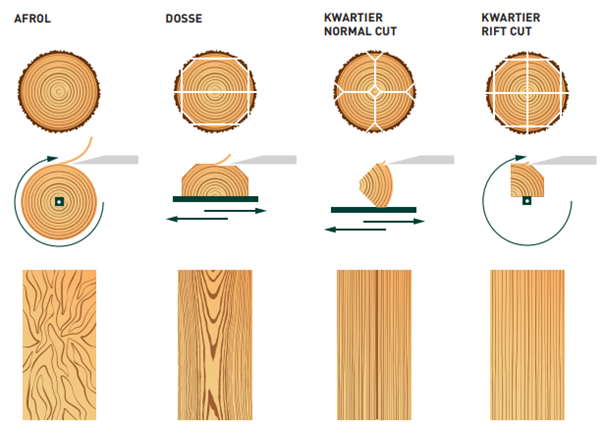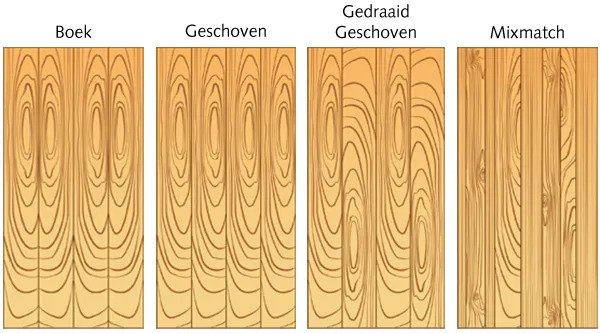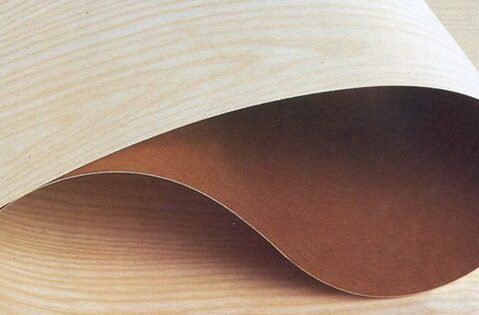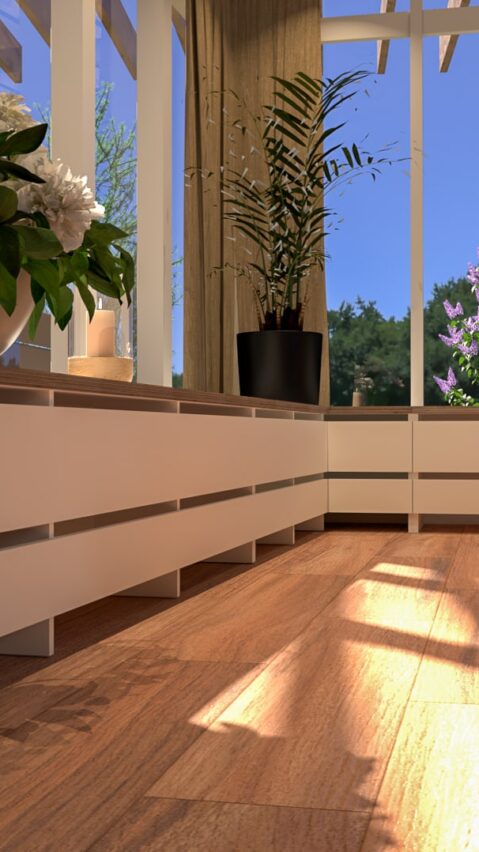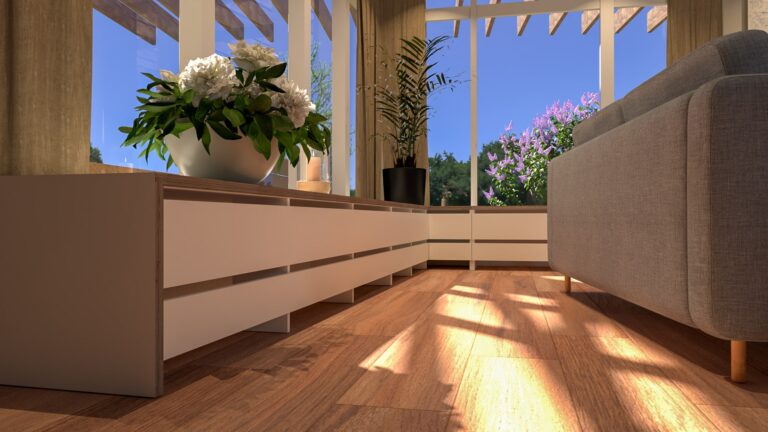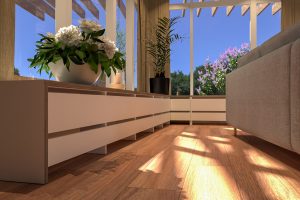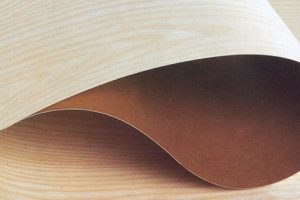What is the difference between solid wood and veneer?
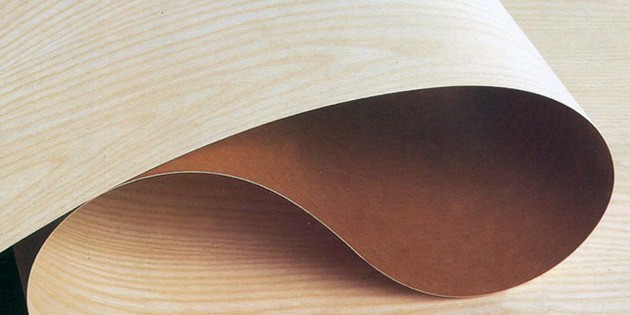
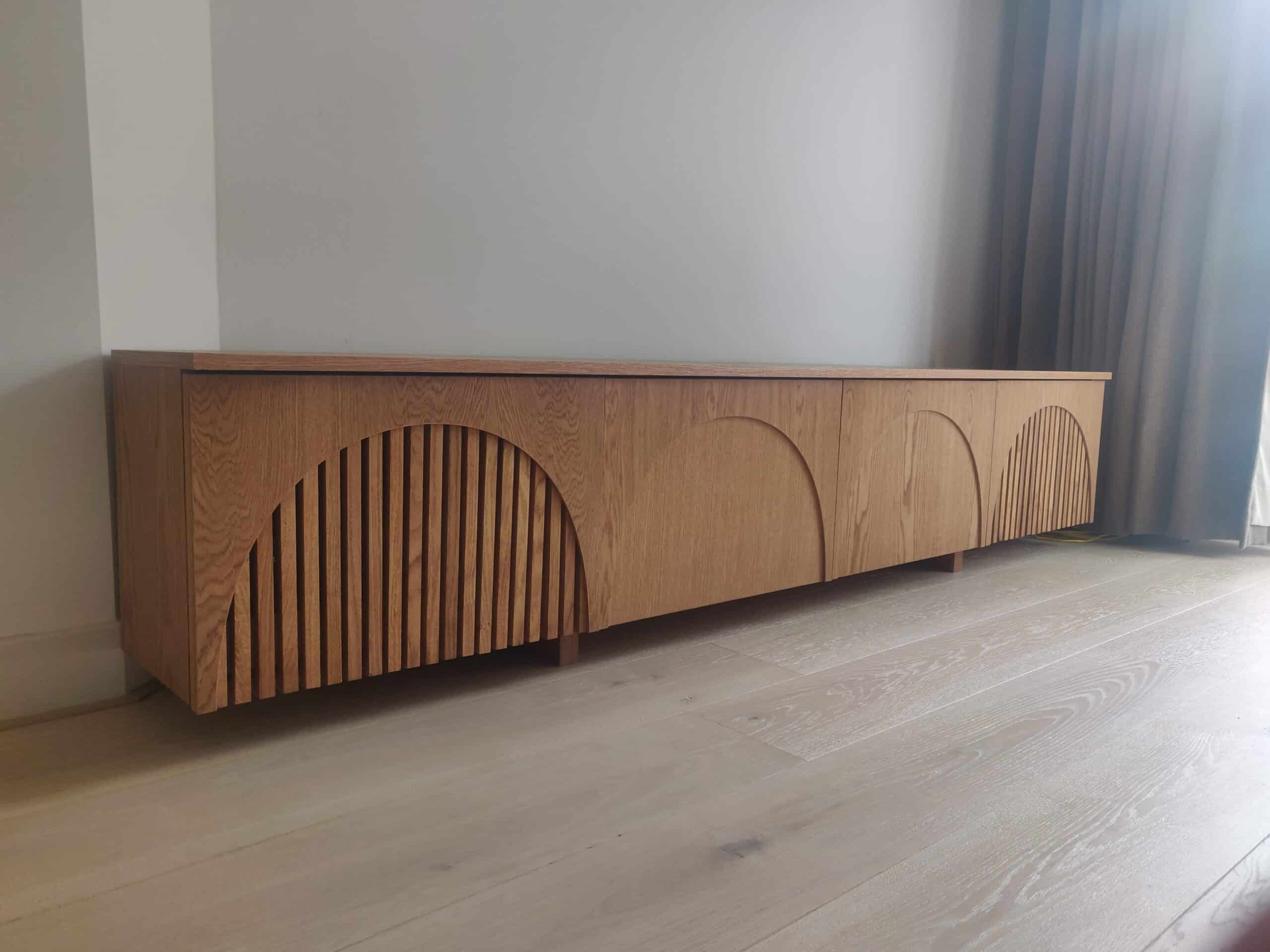
Bespoke-made furniture offers many possibilities, including in the choice of materials. But one wood is not the other. For example, we distinguish between solid wood furniture, veneer furniture and wood-look furniture.
Want to know what the difference is? We are happy to inform you.
What is solid wood?
Solid wood is very beautiful and has a full and robust appearance, it consists entirely of wood and is therefore very strong. The solid wood is easy to color which makes almost all colors possible. In addition, blemishes such as minor damages and stains can be easily repaired with the right product. However, solid wood is sensitive to sunlight and humidity. It then shrinks or expands, causing wood to warp or even crack.
What is veneer wood?
Veneer wood is a very thin layer of real wood glued to a substrate. The veneer is made of real wood and often indistinguishable from solid wood when properly processed. This veneer has no knots, giving it a beautiful and chic appearance. So if you don’t like knots in wooden furniture, we recommend choosing a furniture made of veneer. Veneer is also very suitable for larger areas because veneer is not sensitive to humidity and therefore does not deform or crack easily. This extends the life of your furniture.
How is veneer made ?
The appearance of veneer is determined by how the veneer is cut from the log and then jointed. Cutting is done in 4 different ways.
- Unroll The trunk is rotated around its axis and unrolled like a carpet.
- Dosse The drawing with construction, through the heart of the tree the trunk is cut.
- Quarter – Normal cut The trunk is cut straight-grained, perpendicular to the annual rings.
- Quarter – Rift cut The trunk rotates around its axis and the cut is perpendicular to the annual rings.
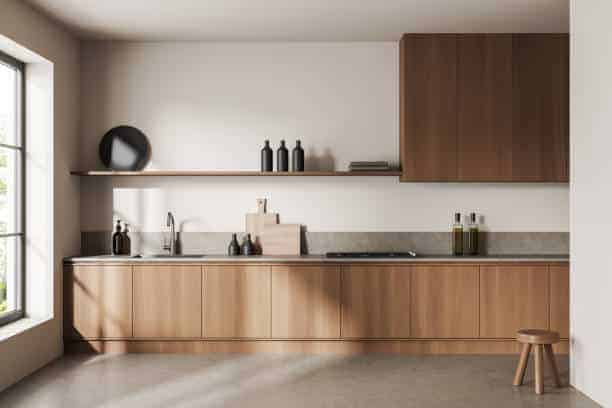
Not only is the way the log is cut done in different ways, the joining technique of the individual sheets is also done in four ways. Again, this creates different outcomes of the veneer sheet.
- Book This is the standard, in which the different veneer strips are joined two by two mirrored. In this way, each strip is the mirror image of the previous one. With this technique, you can perfectly illustrate the unwinding of the tree.
- Slid This jointing technique is often opted for if the veneer is to be colored. When staining, no color difference can be observed between the different veneer strips on one slab.
- Rotated slid The image becomes more balanced with the head-to-foot combination. There is no top or bottom to the slab and this grouting method creates a regular appearance.
- Mixmatch Mixmatch, literally “mix and match”, is a technique in which we randomly join together the veneer wood from different trees with varying cutting methods.


